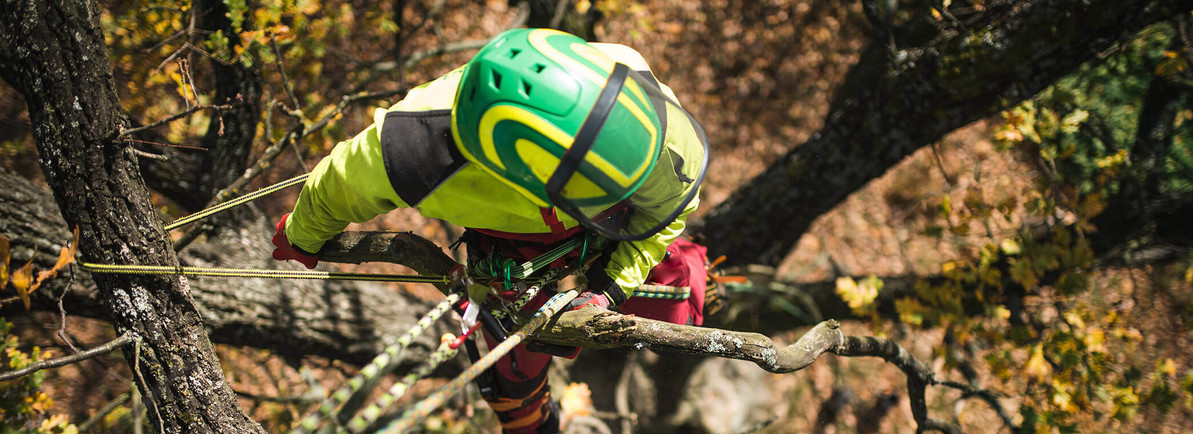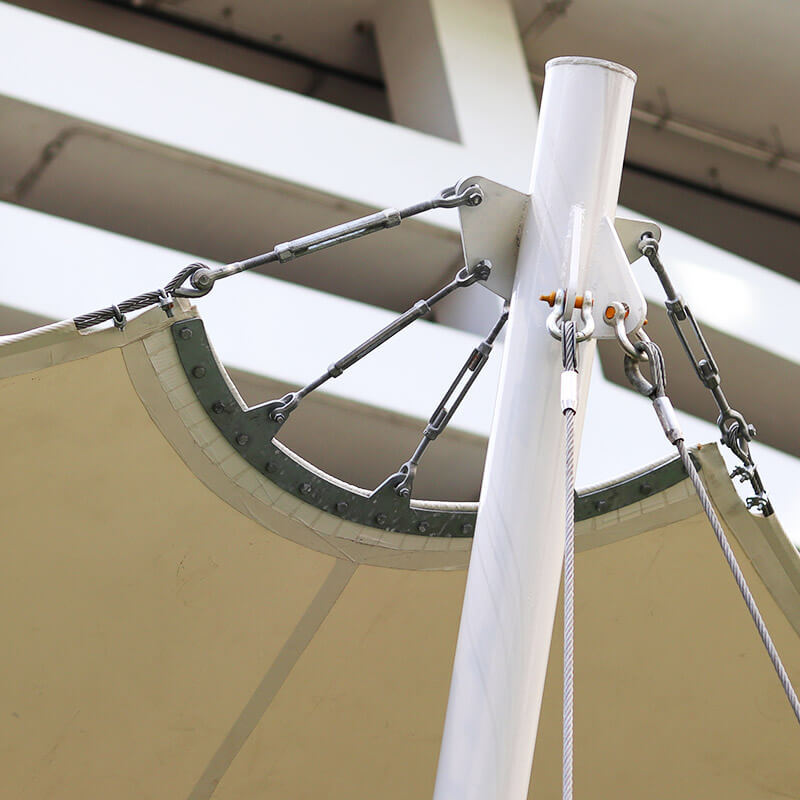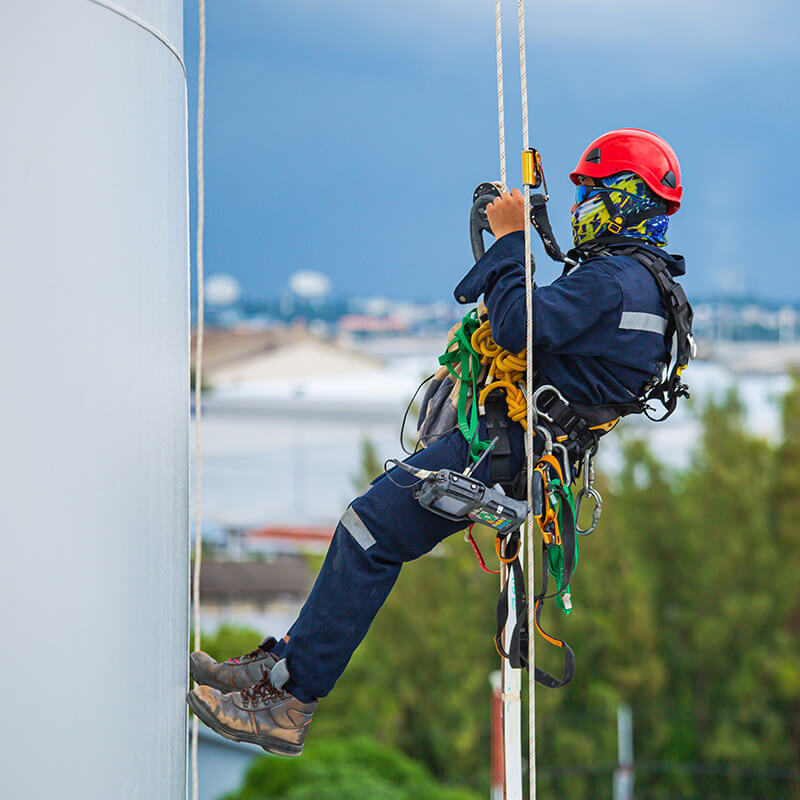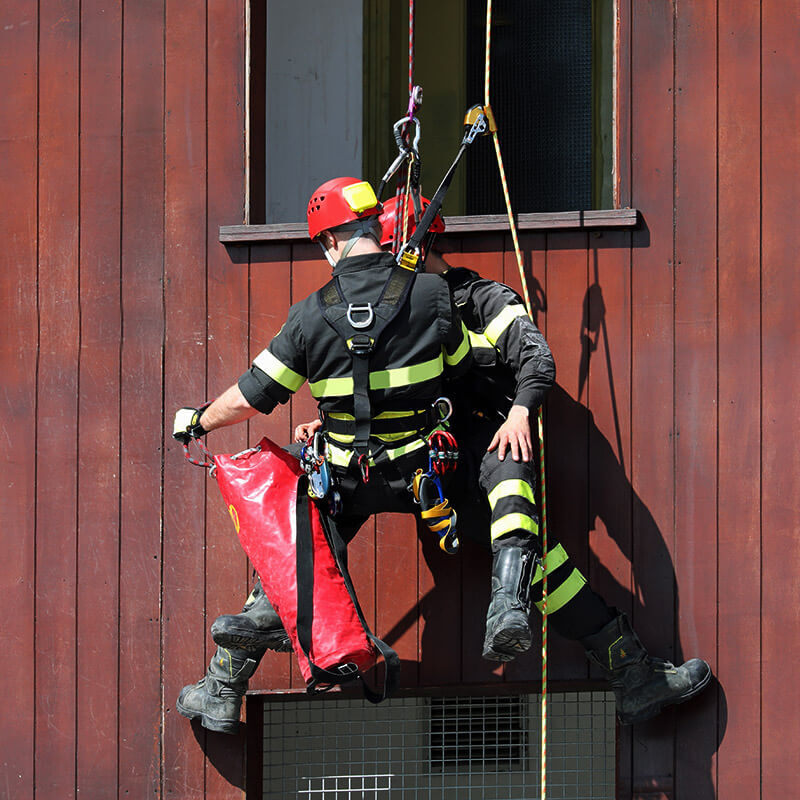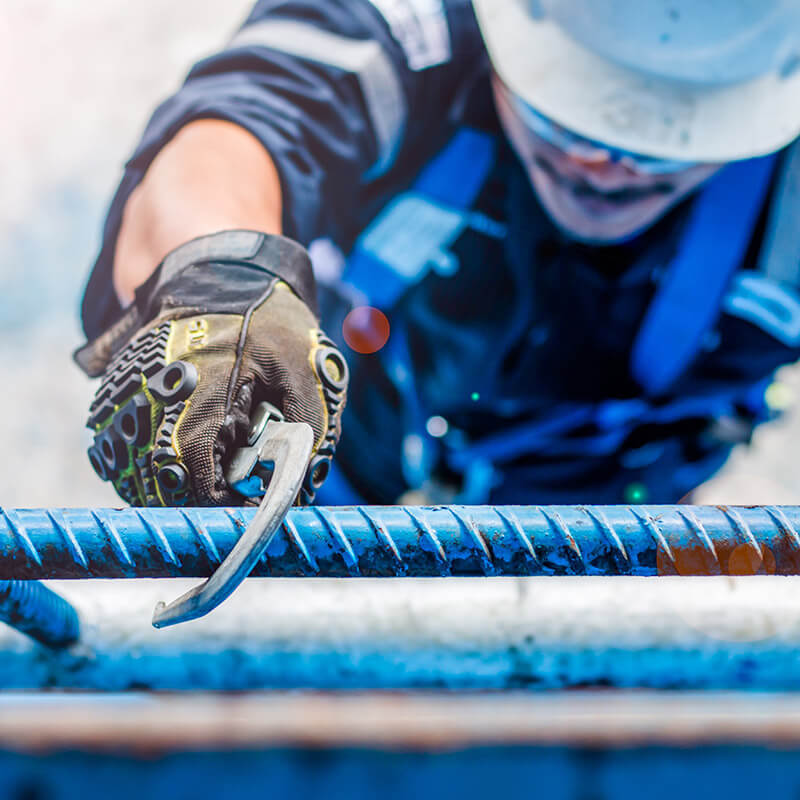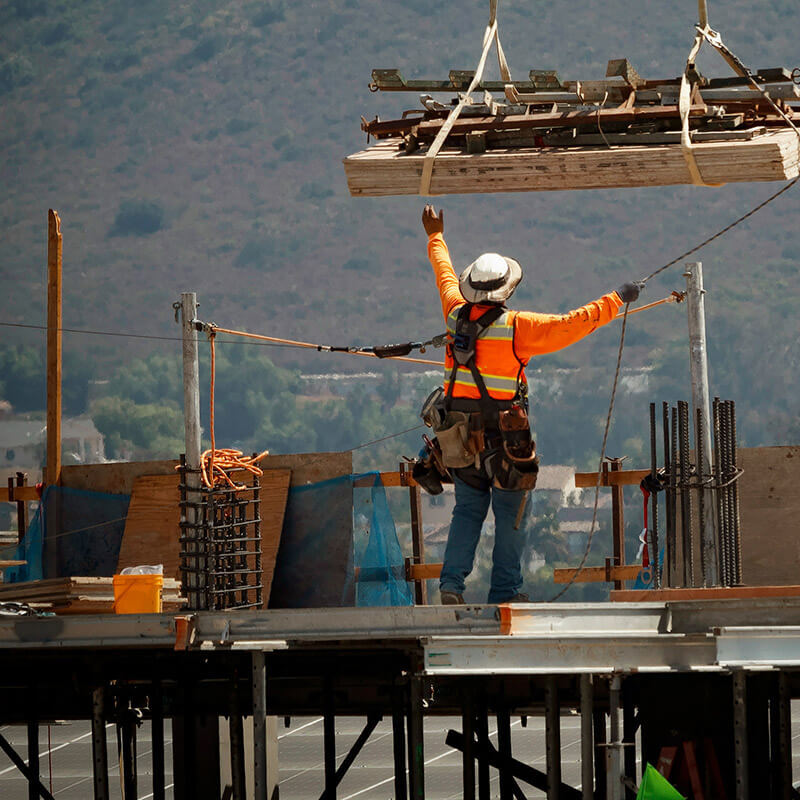What is the safest device to use when climbing a tree?
Tree climbing is a critical task in arboriculture and professional tree care. Choosing the safest gear isn’t just smart—it’s essential. The right tree climbing equipment not only prevents injuries but also improves efficiency and comfort for arborists who spend hours aloft.
Tree Climbing Safety Basics
- Inspect all gear before use
- Train in proper climbing techniques
- Match equipment to the specific task and tree type
Choosing the Right Climbing Equipment
Assess Your Needs
- Tree Type & Condition: Different trees require different gear setups.
- Climbing Style: Spur climbing for removals, rope climbing for pruning or canopy access.
- Environment: Wet, icy, or hot conditions affect gear choice and performance.
Verify Safety Ratings
- ANSI Z133: U.S. arborist standard for climbing gear
- ASTM & CE: Indicators of global compliance and reliability
- Trusted Brands: Use equipment from reputable manufacturers with traceable testing, such as Weaver, Petzl, Climb Right, Buckingham, CMI, ISC, and more
Tree Climbing Harness: The Most Important Safety Device
A high-quality climbing saddle is the cornerstone of your safety system. Look for:
- Petzl Sequoia: Available in both DdRT and SRT models, offering excellent mobility and ergonomic design for rope-based climbing systems.
- Weaver Saddles: The Cougar and Stratus models are popular among arborists for their durability and comfort. Weaver also offers several legacy models built with heavy-duty leather and canvas for traditionalists who prefer a classic feel and rugged construction.
Key Harness Features
- Comfort: Robust padding for extended wear during long climbs
- Mobility: Ergonomic design and flexible fit allow freedom of movement in the canopy
- Durability: Heavy-duty materials built to withstand abrasion, weather, and daily use
- Adjustable fit: Waist and leg straps can be customized for proper support
- Gear accessibility: Rear and side D-rings for work positioning and tool organization
- Certified protection: Rated to appropriate load capacity and fall protection standards
Helmets: Don’t Skimp on Head Protection
Recommended Models
- Petzl Vertex Vent: Comfortable fit, ANSI compliant, optional visor attachments
- Kask SuperPlasma: Lightweight, well-ventilated, and popular among pros
Key Features
- Strong shell with impact suspension system
- Adjustable fit system
- Ventilation for hot days
- 3–5 year lifespan depending on usage and exposure
Ropes: Static by Design
All of the climbing ropes we offer are considered static, meaning they provide very limited stretch. Static ropes are ideal for tree climbing techniques where the climber remains below the anchor point, minimizing potential fall distance and increasing control.
Dynamic ropes are typically used in recreational applications, such as rock climbing, where the climber may climb above the anchor point and require more shock absorption.
Common Static Rope Types
- 12-Strand, 16-Strand, and 24-Strand Ropes: Each offers different levels of flexibility, durability, and visibility depending on application.
- Kernmantle Ropes: Often used in SRT systems for controlled vertical access and excellent abrasion resistance.
Rope Maintenance
- Inspect for frays, cuts, glazing
- Wash with mild soap and water when dirty
- Store in a cool, dry place
Mechanical Devices: Ascenders, Descenders, and More
- Petzl Zigzag Plus: Common in DdRT systems, mimics prusik knot with mechanical efficiency
- Rope Wrench: Popular for SRT, paired with a hitch system
- Petzl Pantin: Foot ascender that improves climbing efficiency
Work Positioning Lanyards
Used for stabilization during pruning or cutting:
- Choose steel-core fliplines for removals or spiked climbs
- Use adjustable lanyards like the Petzl Zillon for precision in the canopy
Spikes: Use Only When Appropriate
Climbing spikes (spurs) should be reserved for removals or dead trees. They puncture bark and can introduce disease.
- Pros: Efficient, stable during removals
- Cons: Harmful to live trees
- Recommendation: Use Gecko or Climb Right aluminum spurs with steel gaffs for removals only
Safe Climbing Techniques
- Three-point contact at all times
- Foot locking for rope ascents
- Branch testing before weight shift
- Always climb with a plan and a partner if possible
Conclusion
There is no single device that guarantees safety. True safety comes from a system of high-quality, certified equipment paired with proper technique and training. Arborists should invest in gear that meets ANSI standards and fits their specific needs—not just any generic setup.
Call to Action
Bishop Lifting offers a full range of professional arborist climbing gear—from Petzl saddles and Yale climbing rope to ascenders, helmets, and lanyards. Buy online today and get fast shipping direct to your job site.
FAQ
What is the safest tree climbing device?
A certified arborist saddle (like the Petzl Sequoia) paired with a rated climbing rope is foundational. Helmets, ascenders, and lanyards complete the safety system.
Do I need spikes?
Only for removals or dead trees. Avoid on healthy trees to prevent permanent damage.
How long does a helmet last?
Most helmets should be replaced every 3–5 years or after any significant impact.
Can I use any rope?
No. Arborist climbing requires static rope to minimize stretch and fall distance. Use rope rated for tree climbing such as 16-strand or kernmantle varieties.
What climbing system is best: DdRT or SRT?
DdRT is common and simple. SRT offers more efficiency for tall trees but requires specialized training and gear.
What brand should I trust?
Petzl, Weaver, Yale, Samson, ISC, and Climb Right are all trusted by professionals.
Where can I buy gear?
Shop online at Bishop Lifting for premium arborist gear, fast delivery, and trusted service.
What Is a Turnbuckle Used for in Rigging?
Dec 23rd 2025
What’s the Best Material for Rigging?
Dec 18th 2025
What Is the 10-Foot Rule for Rigging?
Dec 15th 2025
What Are the Different Types of Climbing Ropes?
Dec 11th 2025
What Type of Rope Is Best for Climbing?
Dec 9th 2025
What Are the Two Types of Kernmantle Rope?
Nov 25th 2025
What Is a Kernmantle Rope Used For?
Nov 21st 2025
What Is a Fall Protection Harness?
Nov 14th 2025
What are the four components of a PFAS?
Nov 7th 2025

